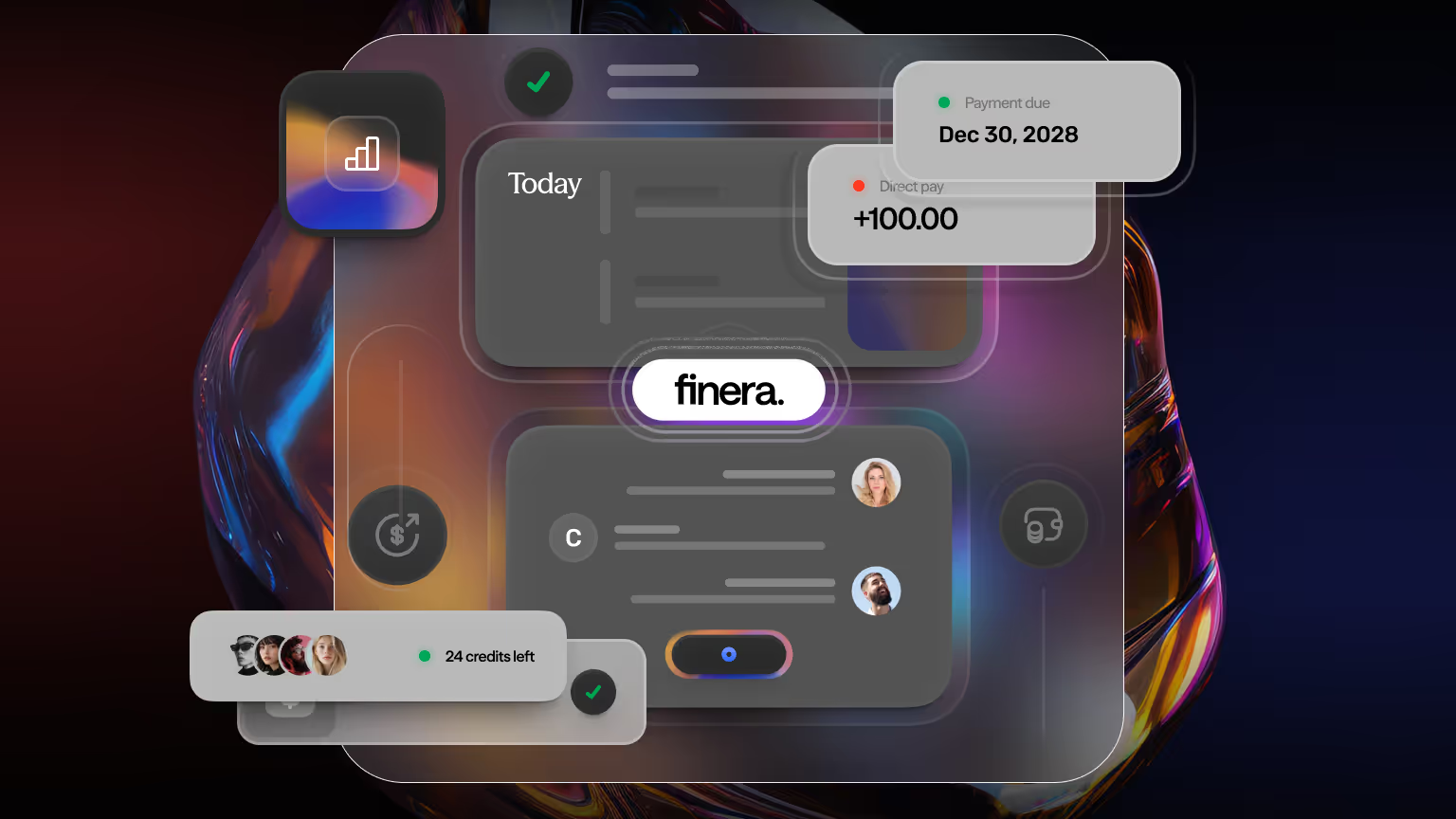How to Reduce Chargebacks Without Killing UX
Reduce chargebacks and protect revenue with smart support and payment orchestration analytics.

Chargebacks are a serious pain point for merchants. They have a direct impact on your bottom line, regardless of the cause. If ignored, fraud, unclear billing or a bad customer experience can damage your relationships with payment processors. But here’s the challenge: reducing chargebacks without damaging the user experience (UX).
Too many fraud prevention measures can frustrate legitimate customers. Not enough and you're left vulnerable to disputes. This guide explores how to reduce chargebacks effectively while maintaining a smooth and conversion-friendly payment experience.
What Are Chargebacks and Why Do They Happen?
A chargeback occurs when a cardholder disputes a transaction with their issuing bank. If the dispute is upheld, the transaction is reversed and funds are withdrawn from the merchant's account.
Common reasons include:
- Fraudulent or unauthorised transactions
- Product or service not delivered
- Misleading descriptions or incorrect billing
- Customer dissatisfaction or confusion
- Friendly fraud (legitimate transaction later disputed)
Understanding the root causes is the first step to building a chargeback reduction strategy that preserves UX.
Use Smart Fraud Prevention Without Hurting UX
Preventing chargebacks starts with identifying risky transactions before they happen. But overly aggressive fraud filters can decline legitimate customers, damaging conversion rates. The solution is all about balance.
Here’s where payment orchestration enters the picture. With a payment orchestration platform, you can:
- Deploy fraud detection tools (e.g. 3DS, machine learning models, risk scoring) dynamically per geography or user segment.
- Set up custom decision-making rules for different risk profiles, reducing false positives.
- Use smart routing to send transactions through the safest acquirers with high success rates.
A well-orchestrated system allows you to maintain a secure payment process while keeping the checkout flow fast and frictionless.
Clarify Billing Descriptors to Avoid Confusion
A surprisingly common reason for chargebacks is unclear billing information. If a customer doesn’t recognise a charge on their statement, they are more likely to dispute it.
Reduce this risk by:
- Using a clear, recognisable business name on all billing descriptors
- Adding support contact details on receipts and post-checkout emails
- Sending instant transaction confirmations to reinforce trust
Clear communication = fewer disputes.
Improve Post-Purchase Transparency
Sometimes chargebacks result not from fraud but from frustration. Maybe the delivery was delayed or the product didn’t meet expectations. You can reduce these disputes by improving transparency.
Offer real-time tracking, email updates and responsive support. If something goes wrong, proactive outreach can prevent a dispute from turning into a chargeback.
Ensure your refund and return policies are easy to find and understand. If customers can resolve issues directly with you, they won’t need to escalate to their bank.
Leverage Payment Orchestration to Optimise Routing and Reduce Declines
Payment failures due to issuer suspicion, region mismatches or unsupported methods can push users to retry purchases or initiate disputes.
With payment orchestration, businesses can:
- Route payments through the best-performing acquirers per region
- Avoid routing transactions through providers likely to trigger declines
- Offer customers localised, preferred payment methods (cards, wallets, bank transfers)
By improving payment success rates, you reduce customer frustration and the likelihood of disputes.
Provide Better Customer Support
One of the most overlooked ways to reduce chargebacks is by investing in fast, responsive and multichannel customer support. In many cases, customers resort to initiating a chargeback simply because they don’t know how or can’t easily find a way to resolve the issue with the merchant directly. When a buyer encounters a billing issue, an unclear transaction or a failed delivery, the default reaction is often to call their bank instead of your support team.
Offering support through multiple channels, such as live chat, email and messaging, makes it easier for customers to reach you on their terms. But speed matters just as much as accessibility. To reduce payment disputes, your support team should be empowered to respond to payment-related queries within 24 hours. Better still, they should have the authority to resolve minor issues directly, whether that’s through issuing a refund, initiating a replacement or launching an internal investigation.
By proactively solving customer complaints before they escalate, you reduce the likelihood of chargebacks while also strengthening customer trust and satisfaction. When users feel heard and supported, they are far more likely to remain loyal and far less likely to initiate a dispute with their issuer.
Monitor and Analyse Chargeback Trends
Chargebacks aren’t just an outcome, they are data. Use that data to uncover root causes.
Track trends by:
- Product category
- Device type
- Customer segment
- Geo-location
- Payment method or provider
A payment orchestration platform with built-in analytics makes this easier. You can quickly identify where friction points exist and whether certain payment providers or regions correlate with higher disputes.
Regularly Review and Optimise Payment Flows
Over time, customer behaviour changes, fraud tactics evolve and payment provider performance fluctuates. Set a schedule to regularly audit and optimise your checkout experience and fraud rules.
- Are customers getting blocked by outdated rules?
- Are some acquirers returning more declines or chargebacks?
- Are there better APMs (alternative payment methods) you can offer to reduce friction?
Using a payment orchestration platform can help you make these changes dynamically, without lengthy dev cycles or manual processes.
Strategic Chargeback Reduction Without UX Sacrifice
Reducing chargebacks doesn’t mean turning your checkout into a fortress. With the right strategy and tools, especially payment orchestration, you can strike a balance between security and experience.
By improving approval rates, preventing fraud, offering better support and delivering transparency, you create an ecosystem that works for both you and your customers.
This article on payment methods is for informational and educational purposes only.
- Not Professional Advice: The content provided does not constitute financial, legal, tax, or professional advice. Always consult with a qualified professional before making financial decisions.
- No Liability: The authors, contributors, and the publisher assume no liability for any loss, damage, or consequence whatsoever, whether direct or indirect, resulting from your reliance on or use of the information contained herein.
- Third-Party Risk: The discussion of specific payment services, platforms, or institutions is for illustration only. We do not endorse or guarantee the performance, security, or policies of any third-party service mentioned. Use all third-party services at your own risk.
- No Warranty: We make no warranty regarding the accuracy, completeness, or suitability of the information, which may become outdated over time.
Frequently Asked Questions
A chargeback occurs when a customer disputes a transaction with their bank, often due to fraud, dissatisfaction or billing confusion. The issuer refunds the customer and reverses the funds from the merchant.
Use clear billing descriptors, offer transparent return/refund policies, implement fraud detection tools and maintain fast, responsive support. Avoid excessive friction at checkout.
Not quite. Friendly fraud refers to when a legitimate customer initiates a chargeback without malicious intent, often due to confusion or forgetfulness. It’s a major contributor to overall chargebacks.
Yes. Proactive customer notifications, confirmations and fast responses to complaints can resolve issues before they escalate to disputes.
Absolutely. High chargeback ratios can result in penalties from payment providers, higher fees and even blacklisting by acquirers.

Still Have Questions?
Let’s Find the Right Solution for You
Stay Connected with Us!
Follow us on social media to stay up to date with the latest news, updates, and exclusive insights!








